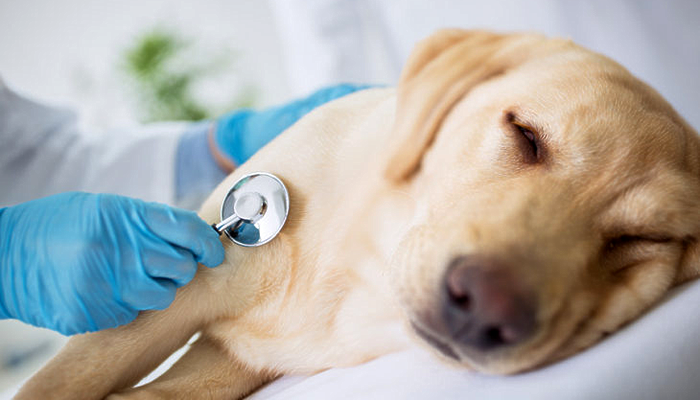I hope you can help me. My 5 year-old Doodle had a kidney ultrasound and it revealed right is half the size of the left kidney, and showed poor detail meaning little function. The vet could hardly see it from the other tissues. She has an elevated creatinine and BUN in her blood. The detailed urine test was normal. Her diet is Honest Kitchen THK, Grandma’s Lucy, homemade and PetKind tripe as the only kibble. She is very picky and seems to do well with rotating foods every 3-4 days. I am looking for food suggestions to keep her healthy. Can you help?? Thank you for your time.
Most veterinarians don’t understand that blood levels for kidney markers will increase when feeding a raw diet. It is more typical to have increases in BUN associated with a real meat diet than creatinine. But there is some evidence that creatinine may also increase on a real meat diet.
However, while your vet says her urine test was normal, in actuality, there is also evidence of protein in the urine without signs of infection. Protein in the urine has been the earliest kidney dysfunction detection test. That, coupled with the ultrasound results of loss of kidney architecture suggest your doodle is indeed having early signs of kidney dysfunction. (See more about this below.)
The evidence supporting the use of prescription kidney diets is only made in comparison to regular diets like Purina Dog Chow, not compared to a quality real food, and/or raw meat diets. Prescription kidney diets are made with inferior quality ingredients and are low-protein diets – by reducing the protein in the diet, there are (logically) fewer protein break-down products in the urine – BUN and creatinine. Holistic veterinarians feel that providing high-quality nutrition is going to do better for the patient than limiting protein intake; the body uses protein to build muscle. Many animals on low-protein diet lose muscle mass and become obese – this cannot be good for already under-functioning kidneys.
Balanced, real food-based diets, on the other hand, are lower in protein than traditional raw diets, but still provide sufficient protein levels to prevent obesity in the pet and are made with higher quality ingredients, up to human grade if made at home, as compared to commercial prescription foods.
The next thing to consider would be some kind of herbal support for kidney function.
Azodyl is a tradename, western herbal formula used by many conventional veterinarians (I don’t think they even realize that it is an herbal formula combined with probiotics). Furthermore, there are many Chinese herbal-based formulations that help with kidney function.
The proper way to select a Chinese herbal formula is to do it based on the patient’s clinical signs, not simply by treating all renal patients the same; renal patients are not all the same. Some dogs and cats will tend to be warm, others will tend to be cold, some will tend to be fearful; the list of differences goes on. Proper treatment with Chinese herbal formulas takes all of that into account.
A little more about early detection for kidney disease: there is a new test of kidney function that seems to be a better predictor than evaluating creatinine levels. It is called the SDMA test. Depending on which laboratory your veterinarian uses will determine if this test can be performed on your dog. It may give better information about kidney health.
Regardless, you are on the right path of great nutrition; now I recommend adding an herbal formulation that will best suit your dog’s health concern.

